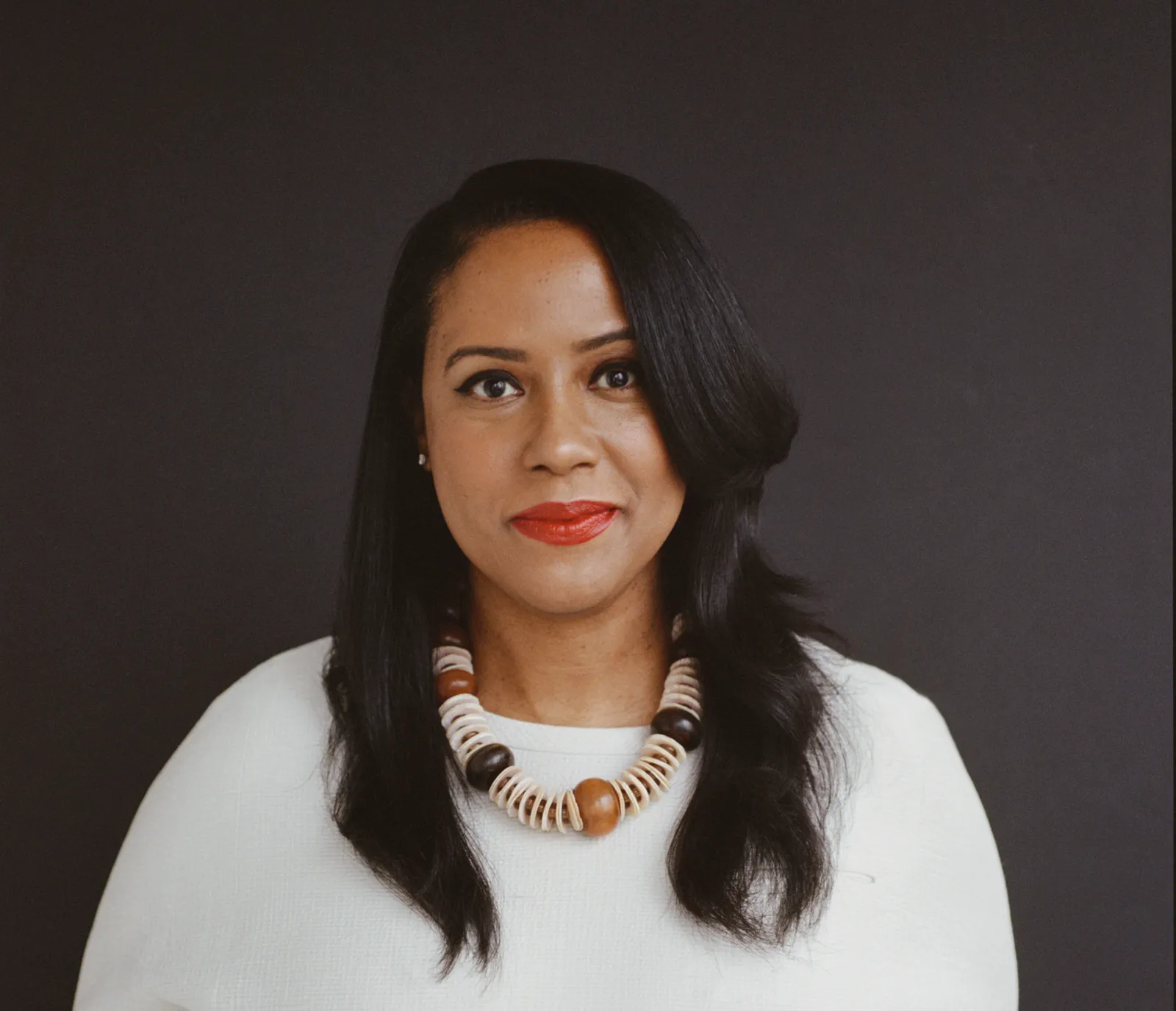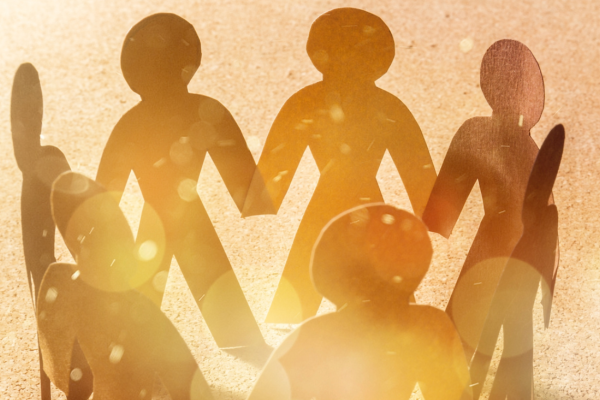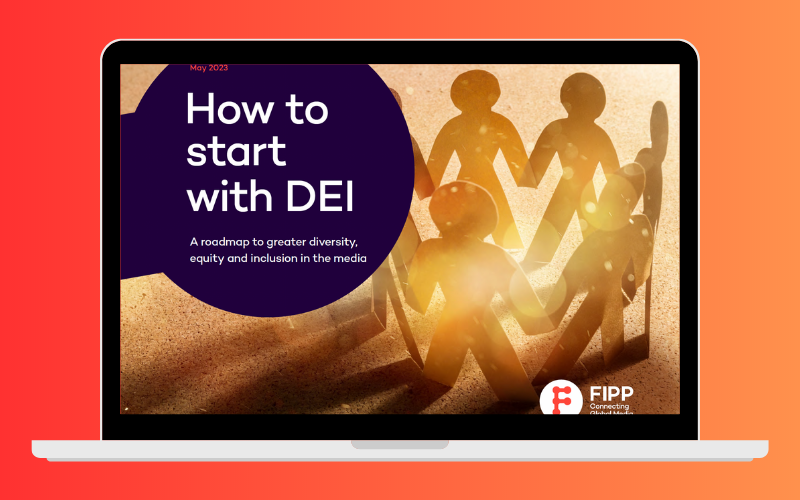How to start with DEI: change begins within
Embracing DEI within a company’s recruitment strategy is not just about being fair to all. It makes commercial sense.
As well as progressing fairness and equality across the world, attracting and maintaining a diverse workforce has many benefits, including:
Increased creativity and innovation:
A diverse workforce brings together individuals with different backgrounds, experiences, and perspectives. This can lead to more creativity and innovation, appealing to a wider range of audiences than is traditionally addressed.
Improved decision-making:
Different viewpoints and ideas are brought to the table, leading to more informed and well-rounded decision-making. It prevents companies from making decisions that reflect the cultural paradigms of their leaders. This is particularly important for media companies, where decisions about content, marketing and advertising can have a significant impact on audiences. It affects the type of content they create and the way that content is presented to its audience. When done well, this can lead to increased engagement and loyalty among diverse audiences.
Enhanced reputation:
Media companies are able to build a positive reputation and brand image, as consumers increasingly expect companies to reflect the diversity of the communities they serve. In many societies, diverse workforces are seen as a key barometer of the way that a company operates. And in some sectors, companies that don’t have diverse workforces can be viewed as old fashioned or stale.
Improved employee morale and retention:
This is important in media companies, which are competing with tech companies and start-ups for young, motivated and intelligent talent. Moreover, it can have a positive impact on the company’s image too, both in the media generally, but also via recruitment platforms such as Glassdoor which rates businesses on how they treat their employees.
The DEI officer: what do they do?
Many multinational media agencies now have DEI officers, and there is growing evidence that smaller companies are also increasingly recruiting for this post, often on a part-time basis.
In general, a DEI officer, like Yashica Olden, Condé Nast’s Chief Diversity and Inclusion Officer helps to create a workplace culture that is welcoming, inclusive and respectful of all employees, regardless of their race, ethnicity, gender, sexual orientation, religion or indeed any personal characteristic.

Specific tasks for DEI officers within media companies include:
- Developing and implementing strategies and policies to promote diversity and conducting regular audits of the organisation’s practices.
- Working with content teams to ensure fair representation of different groups. This might include
a content strategy and inclusion targets. - Providing training and education to employees and managers.
- Taking the lead on best practices for recruitment, retention and promotion of a diverse workforce.
Monitoring compliance with equal opportunity laws.
Investigating and resolving complaints to do with discrimination or harassment.
Are media groups making progress?
This depends on the nature of the company. Many large media organisations have been improving their DEI profiles and marketing for years, but smaller outfits have made less progress.
In some ways this is understandable given the complexities of operating a media company in a rapidly changing industry. Firms have not only had to contend with digital transformation but also the changing nature of both content and the impact of social media. Not forgetting the recent economic downturn, Covid and ever-changing impact of technology.
Benjamin Cohen is CEO of PinkNews, the world’s largest LGBTIQA+ and diversity-related media company. He believes that while some media companies, especially those targetting Gen Z and younger millennial readers, have made progress, more established media has a long way to go in terms of reporting on DEI issues.
“The newer generation of media such as PinkNews, Ladbible, Vice and BuzzFeed are very inclusive as employers and as media owners,” he says. “However, the legacy media seems to be becoming worse when it comes to the way it represents minority communities in its coverage, which still features a lot of discriminatory reporting on LGBTIQA+communities.”
Lexi Mills, a SEO specialist, argues that significant progress has been made within media, especially
in relation to gender issues.
“DEI encompasses so much, from gender and race through to sexual orientation and disabilities. The media are absolutely making more conscious steps – in all these areas.
“On the gender front, I have seen great strides towards representing more female voices. This is far easier today than it was 10 years ago, as many businesses and institutions have striven to support women in their careers.”
Journalist Shirish Kulkarni says the industry should still strive for change to be deeper and more meaningful. “I’m not optimistic that the media industry is taking genuine steps to address diversity and inclusion,” he argues. “We’re in a phase where many media organisations are engaged in a range of largely superficial or performative actions which fail to address systemic solutions. There are some people and organisations doing good work — but we are some way from reaching ‘critical mass’.
“The biggest obstacle standing in the way of genuine change is the failure of much of the industry to engage in the real problems within the industry. If we accept that systemic discrimination exists — and frankly many are unwilling to acknowledge this — then we have to accept that there are many people in positions of power which are undeserved, while the talents of others are not recognised or rewarded.
“Many of that second group will either not have broken into journalism or have been forced out. Until we accept those fundamental realities, then anything we do is largely going to be tinkering at the margins.”
Juan Señor, President of Innovation Media Consulting and a disability activist, believes there is a divergence in attitudes towards DEI between the media companies in the global north and global south.
“I see a huge divergence with how well the DEI box has been ticked in the west, versus the global south,” he says. “There’s still a big gap. There’s still a great deal of reluctance to elevate people from diverse backgrounds to key positions.”
Jacqui Barrett, Co-Founder and MD of Wider Thinking, says a company may not even hear from ‘the best person for the job’ as that person may already have been blocked by a myriad of barriers making it impossible for them to even be a potential candidate.
“Others might think ‘if it ain’t broke don’t fix it’ – that things are just fine as they are. But there’s a lack of vision and aspiration here, around how things could be even better, even more creative and innovative.”
Barrett adds that there is still a general under-investment in new and existing black, Asian and other minority ethnic communities (BAME) business ventures and initiatives.
This insight article is part of the FIPP report How to start with DEI, available only to FIPP members. You can download the full report here.
Not a FIPP member yet? You can sign up via the report page.











